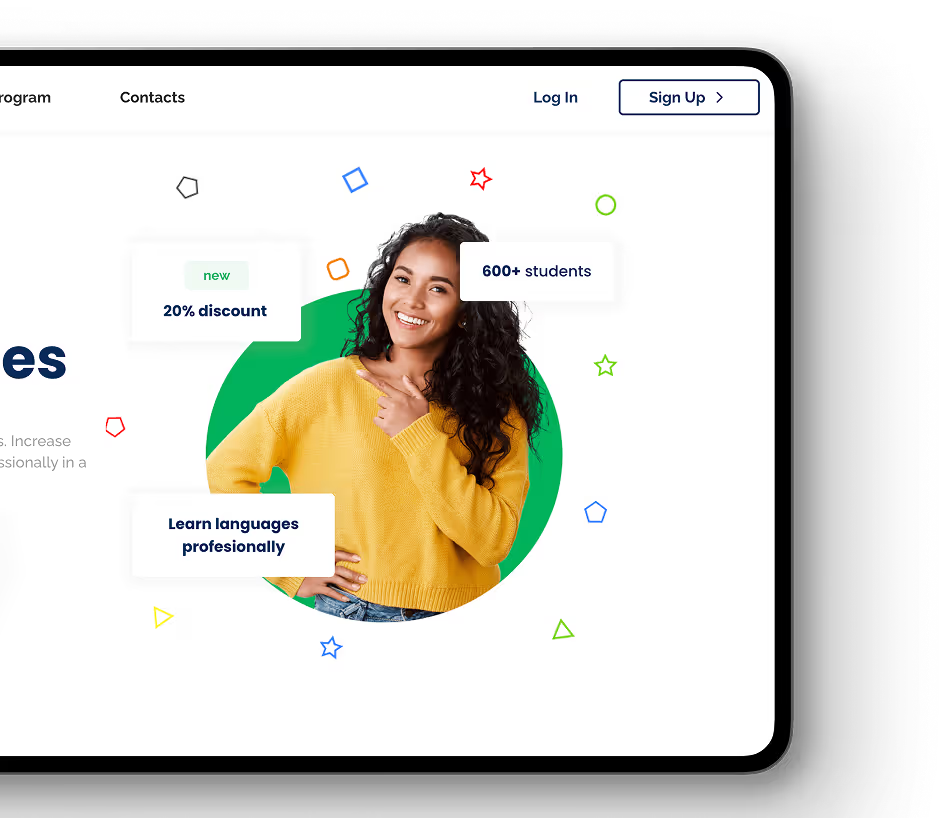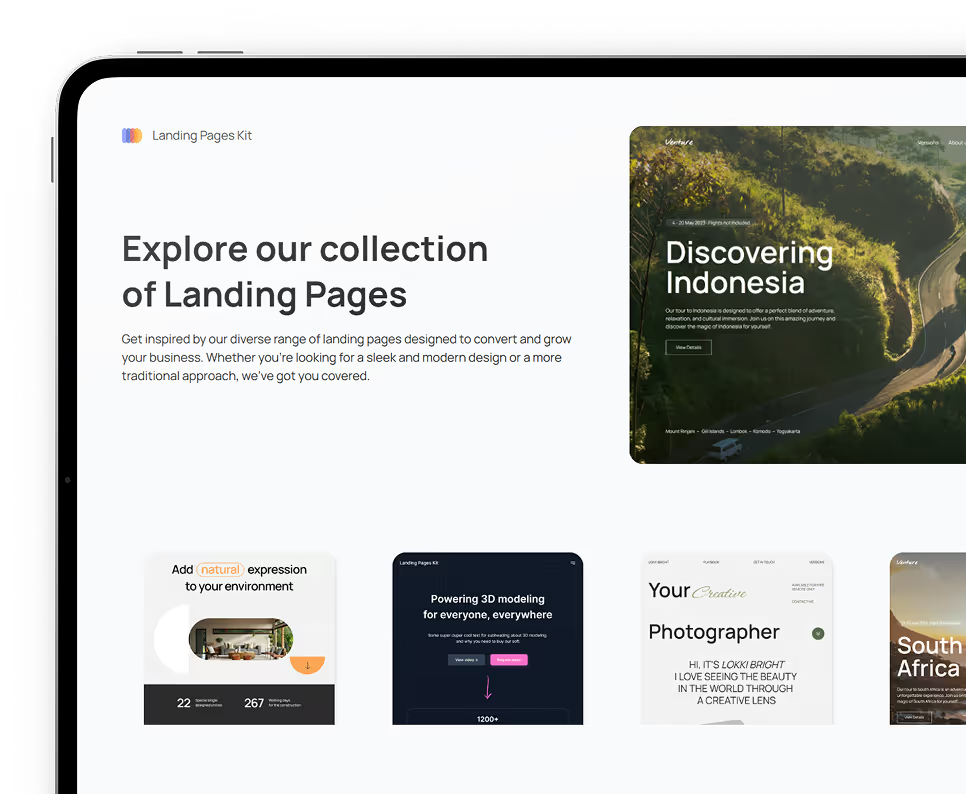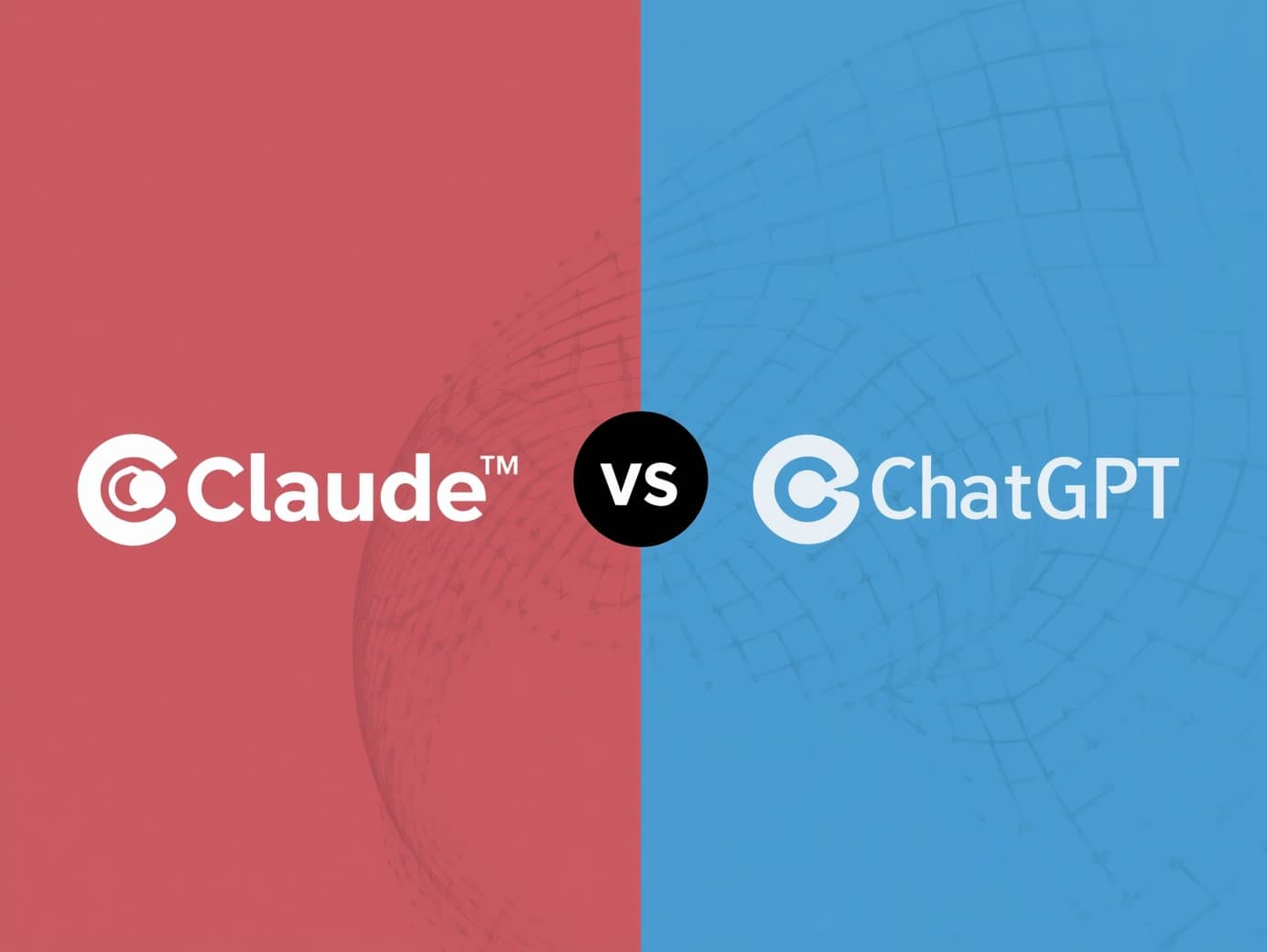August 4, 2022
•
min read
The formula for calculating the cost of app development in 2022
One of the most popular search terms for growing businesses is “How much does it cost to build an app”. Building an app is crucial in the development of a business and there are many different things

One of the most popular search terms for growing businesses is “How much does it cost to build an app”. Building an app is crucial in the development of a business and there are many different things to consider when planning to build one.
To put things into context, up to 100,000 apps are released on Google Play each month. Another 30,000 are released on Apple’s app store
We could tell you that the cost of building an app is between $20,000 and $500,000. Whilst correct, this doesn’t help you plan how to price a mobile app. We need to look at the factors involved.
Calculating the cost is actually a simple formula. Unfortunately, what numbers go into that formula is less simple.
Cost of developers * Time to develop = Cost of development
This holds true regardless of the method of development used. Let us look at all the factors that go into the cost of development and the time it takes.
Careful Who You Select
The catalyst for cost is the people you need to pay. Who does the development will greatly affect the app building cost. You traditionally have three options.
1. In-house development. Recruiting developers, testers, product managers, and release teams. They all work for the company on permanent contracts.
- They will understand the wider purpose of the project
- Communication and planning will be much easier to manage
- Very high costs are committed for the long term, even if you only have short-term projects. Likely to have more people than you need to cover skills and mitigate absences
2. Nearshore development. Selecting an agency or individual contractors to work on projects for you. Will be based in the same country or very close by.
- More cost-effective. You get a rounded set of skills across the agency and a variety of sector expertise.
- Potentially a poor culture fit. They won’t get the wider context of the project.
- Communication could be challenging
- Less concerned by quality in the longer term
3. Offshore development. Similar to nearshore development but much further afield. Normally on different timezones.
- Similar to nearshore but traditionally even cheaper
- Communication becomes much harder with language issues
- Timezones mean you don’t always work at the same time of day
The obvious action is to go for the cheapest option but many factors need to be considered. Your choice doesn’t just affect the left-hand side of the equation (cost of developers). It also changes the right-hand side (time taken). Multiple factors matter. Understanding your requirements and the quality of the end code. Documentation may also be compromised.
As a result, the cheapest developer option might not bring the lowest overall cost.
Complexity Of The App
Not all apps are made equally. An obvious statement but costs depend on the features, functionality and complexity of the app.
At the start, we said app development costs between $20,000 and $500,000. This was factoring in apps that are very simple in nature through to highly complex apps. These could be for multi-billion dollar companies or simple startups.
Simple App
- Basic functionality but key functions like login and registration
- Would normally include the ability to create a profile and get notifications
- Search functionality
- Admin panel and a dashboard
Examples of simple apps would be time tracking or a planning tool.
Mid-Level App
- Integrations via an API
- Flexibility with the UI
- Notifications are often upgraded to include real-time messaging
- Ability to include in-app purchases and payment connectors
- More robust infrastructure and security
Examples would be hospitality booking apps or work collaboration tools.
Complex App
- Complex real-time data synchronization
- Streaming capability
- In-app audio or video calling
- Instant messaging between users
- Capacity to handle a high volume of users
- Infrastructure to manage high concurrent use
- Features like redundancy built-in
- Media processing
Examples would be gaming apps or trading platforms. Also, any work-based app for enterprise-level businesses.
Clearly the more complicated the app, the longer it will take to develop. As a guide, a simple app should take 3-6 months to develop. A mid-level app could be anywhere between 6-10 months. Whilst a complex app is much harder to judge, you should be budgeting for a minimum of 10 months.
Design and UX
Whilst we naturally focus on the core development of the app, one element that can make all the difference to the success is the look and feel. It is important to the end product and can have a significant impact on the cost of app development.
It also affects both sides of the equation. Your developers might not build good UX or design into their offering. This will mean different, often higher costs, to find a dedicated expert.
The best way to avoid user experience adding to the cost of app building is factoring it in early. How much expertise you need will depend on the complexity of the app. The simpler it is, the fewer UX issues you are likely to encounter.
Design is altogether a harder cost to quantify. The more you build it into the app development process from the start, the cheaper it will be. Re-working an app later in the development cycle, due to the look and feel, will be expensive.
Where Are We Running Our App
Are you building just a web app? Hoping to place it on the App store so all iPhone users can access it? Looking for an Android version?
This decision will have an impact on the cost of your development. Not that iOS development is more expensive than Android development.
However, if you decide to build a native app for both of them, you’ll be doubling the cost of developing your app. This is where you might want to consider a hybrid solution that shares functionality to be utilized across platforms.
Carefully consider the purpose of the app when making the platform decision. You might not even need to place it on the Google or Apple stores.
For example, if your app is to be used by businesses then a web application might be the better option. This is the simpler and cheapest option.
The Hidden Cost - Poor Quality
Before concluding, we must remember the big hidden cost of app development. It is one that most companies forget but in the long term it ends up being the biggest factor - quality.
Why is this such a big factor? For a start, poor quality means that development takes much longer to complete. As you’ll remember, both sides of the equation have an impact on the final cost. Find an option that halved the cost of the developers but took twice as long to develop, then you’ll make no savings.
But more important than that is ongoing maintenance. An app is not a one-off project, it will need continual evolution to stay up to date with the user needs and platform releases. If the code has been poorly developed, then updating it will be hard.
Finally, if your app is successful, then more and more users will join. As this happens scalability becomes a key topic. If you are continually having to fix the app to handle increased volume, costs will be forever increasing. Eventually, you’ll find you need a brand new build!
The Ideal Combination
As we can see, so many options exist to develop your new app. These can make it difficult to understand the actual cost. If we choose the best parts of the options, you get the highest quality and fastest development cycle.
This means you need to do the following
- Outsourcing your app development so you are not tied down by long-term overheads
- Working with a business that has strong communication skills
- Working with people that understand business requirements
- Find an agency that includes product design and UX within their offering and process
- Choose someone that can support post-launch, taking accountability for their work
- Ensure the agency understands and respects your goals
By combining all these elements, you will find a solution that delivers on both sides of the equation. Firstly, developers that cost less than expensive internal staff. Secondly, an app that is built to a high standard. This avoids long development cycles and ongoing costs.
Throughout this article, we have referred to a cost for app development ranging from $20,000 to well over $500,000. The beauty of the solution described above is that it can be achieved for a maximum of $24,999. At RapidDev, we offer a package for an Android and iOS app in just 12 weeks. We achieve this by understanding your business with US-based managers to minimize the development cycle. We then combine it with our overseas technical team to deliver a high quality product at a lower price point than competitors.
Our approach delivers the two things that give the greatest value for the money in this equation - High Quality and Short Development Terms.
Ready to kickstart your app's development?
Connect with our team to book a free consultation. We’ll discuss your project and provide a custom quote at no cost!
Latest articles
We put the rapid in RapidDev
Ready to get started? Book a call with our team to schedule a free consultation. We’ll discuss your project and provide a custom quote at no cost!











